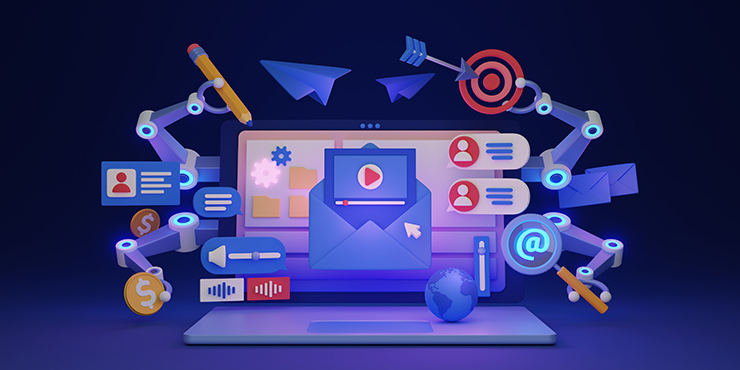
The Role of AI in Social Network Analysis at Scale
- Admin
- No Comments
Social networks—whether online platforms like Twitter and LinkedIn, or real-world organizational relationships—contain a wealth of hidden insights. For businesses, investigators, and analysts, understanding how people, entities, and information connect across these networks is vital. But the scale and complexity of these connections are too vast for traditional tools. That’s where artificial intelligence (AI) becomes a game-changer. AI empowers organizations to analyze, map, and extract meaning from massive social graphs in real time.
1. What Is Social Network Analysis (SNA)?
Social Network Analysis (SNA) involves mapping and measuring relationships between nodes—people, organizations, or assets. These networks reveal:
-
Key influencers and central figures
-
Clusters and communities
-
Paths of communication or influence
-
Weak ties and hidden brokers
At scale, these patterns provide insights for market research, due diligence, fraud detection, and geopolitical intelligence.
2. Why AI Is Essential for Scaling SNA
Manual network analysis breaks down when dealing with millions of nodes and billions of connections. AI enables scalable SNA by:
-
Processing huge graphs in parallel
-
Identifying patterns that aren’t humanly visible
-
Continuously updating networks as data changes
-
Detecting anomalies, trends, and emerging structures
AI not only accelerates analysis—it makes it possible.
3. Entity Recognition and Resolution Across Platforms
AI uses Natural Language Processing (NLP) to extract entities (names, companies, locations) from unstructured data—like posts, bios, or messages. Machine learning then resolves these into unique profiles, even when they appear under different aliases or formats.
For example, “John A. Smith,” “J. Smith,” and “Johnny Smith” can be merged into a single identity using probabilistic matching—crucial for accurate SNA.

4. Graph-Based AI Models for Relationship Detection
AI-powered graph databases and models allow users to:
-
Visualize networks dynamically
-
Rank nodes based on influence (e.g., centrality)
-
Trace relationships over time and across contexts
-
Surface hidden links between individuals or organizations
This is especially valuable in investigative journalism, law enforcement, and corporate intelligence—where indirect or non-obvious connections matter.
5. Community Detection and Clustering at Scale
AI can automatically detect communities or clusters within networks using unsupervised learning techniques. These algorithms reveal:
-
Groups with shared behaviors or interests
-
Echo chambers and influence circles
-
Coordinated behavior patterns (e.g., fake accounts or bots)
At scale, this can help detect coordinated disinformation campaigns, analyze customer behavior segments, or map market ecosystems.
6. Behavioral and Sentiment Insights
Beyond connections, AI can also analyze interaction content—what people are saying, liking, or sharing. This enables:
-
Sentiment analysis to gauge mood or intent
-
Topic modeling to identify common themes
-
Behavioral pattern tracking to flag risks or opportunities
When layered onto network structures, these insights provide powerful context.
7. Real-Time Monitoring and Alerting
AI enables live tracking of changes within a social network—such as:
-
A spike in activity around a specific account or hashtag
-
A new influencer emerging in a niche community
-
A suspicious connection between two entities previously unlinked
This real-time SNA is used in cybersecurity, reputation management, and crisis response.
8. Challenges and Responsible Use
Despite its power, AI-driven SNA faces challenges:
-
Data privacy concerns when analyzing personal or semi-public data
-
Bias risks if the underlying data or models skew results
-
Overinterpretation, where algorithmic links are mistaken for meaningful relationships
To mitigate these risks, organizations should apply ethical guidelines, validate findings, and combine AI results with human oversight.
AI is transforming Social Network Analysis from a niche academic method into a real-time, enterprise-grade intelligence tool. By scaling the ability to map relationships, detect influence, and extract context, AI empowers professionals across industries to make faster, smarter, and more informed decisions. As data volume grows and networks become more complex, the role of AI in SNA will only become more critical.
